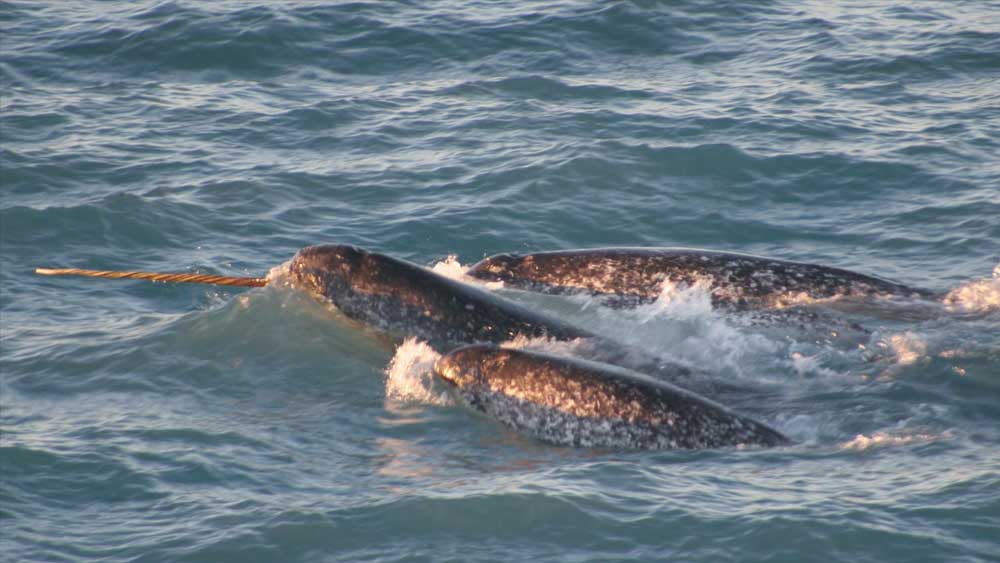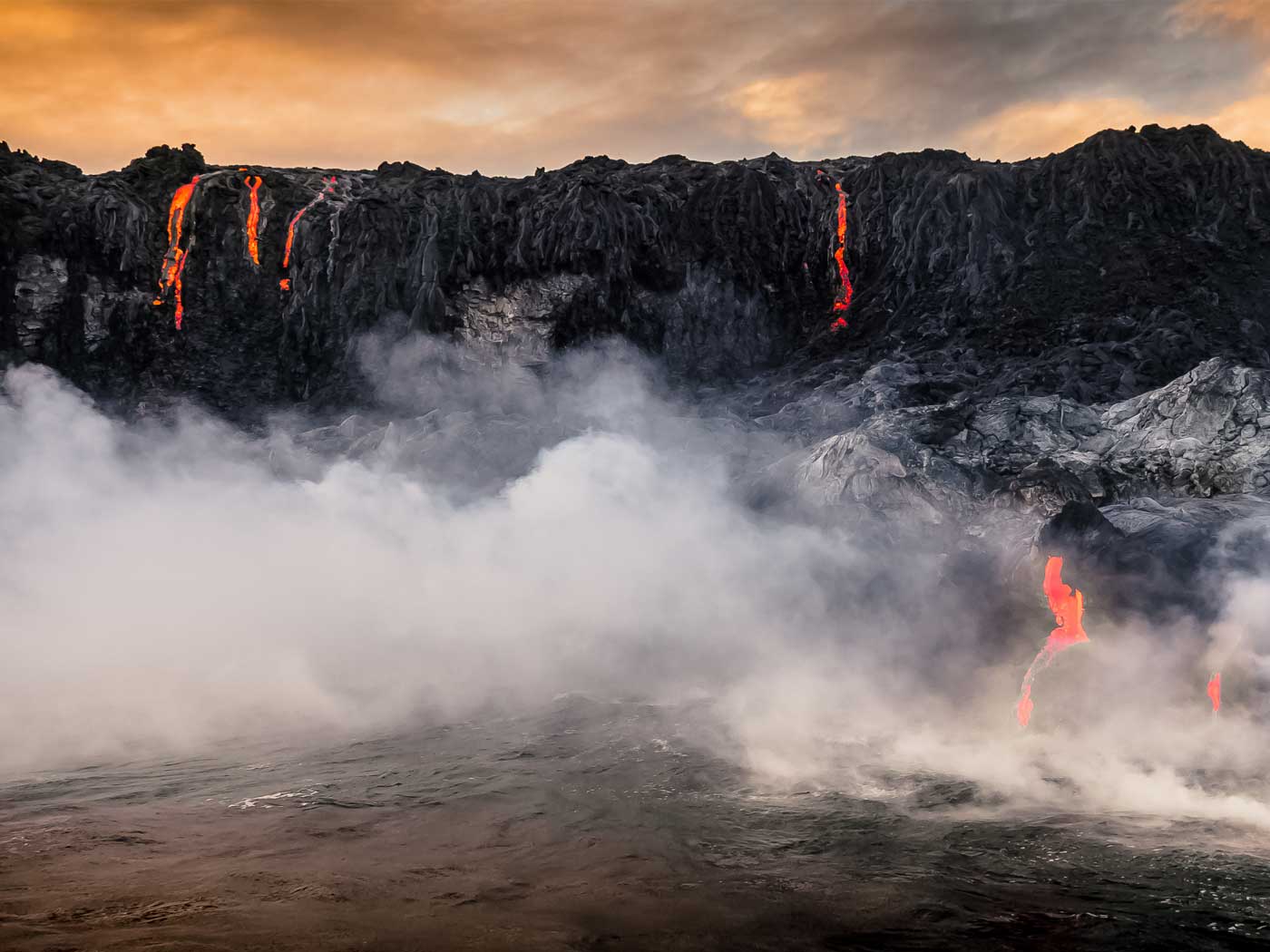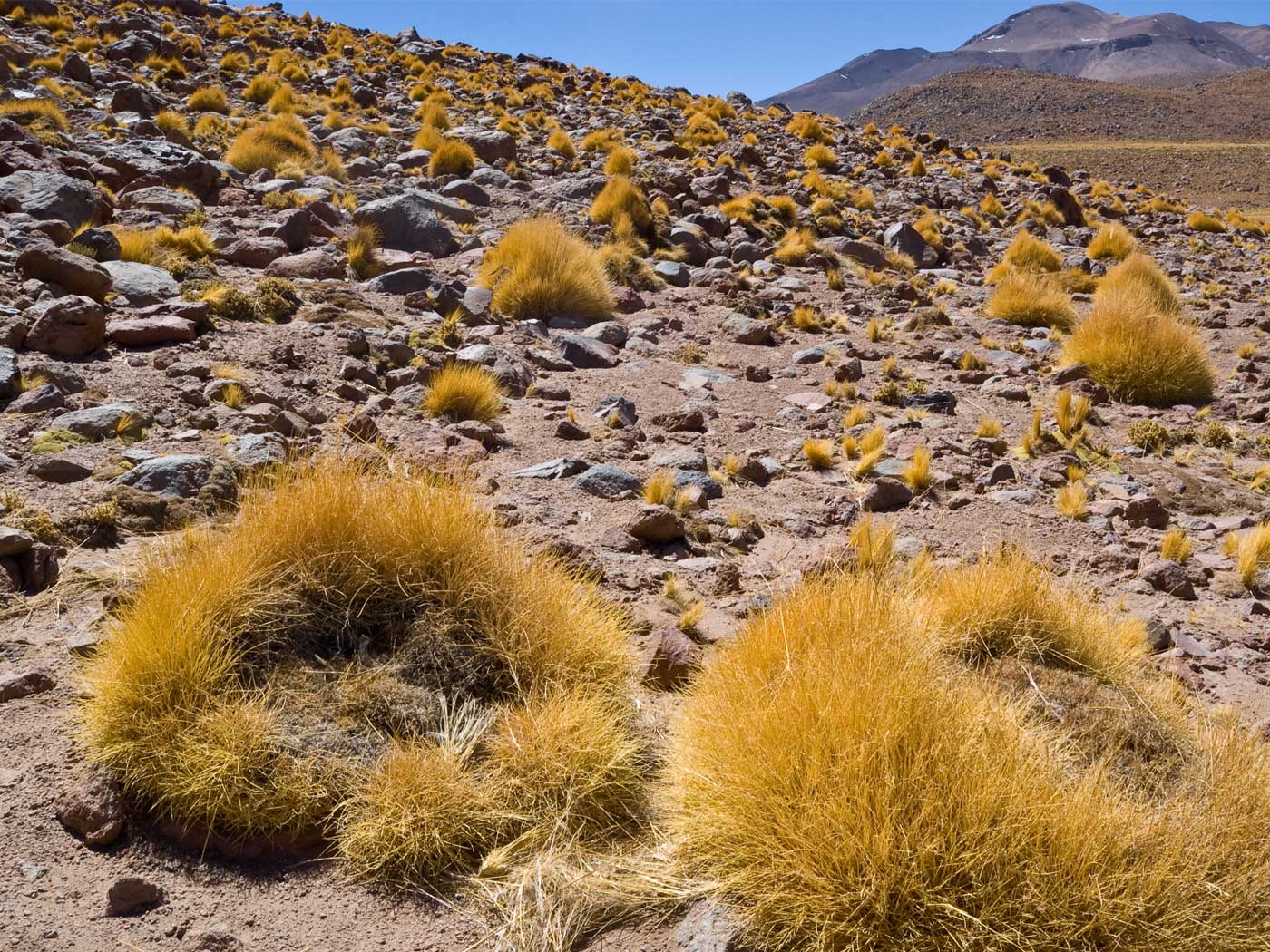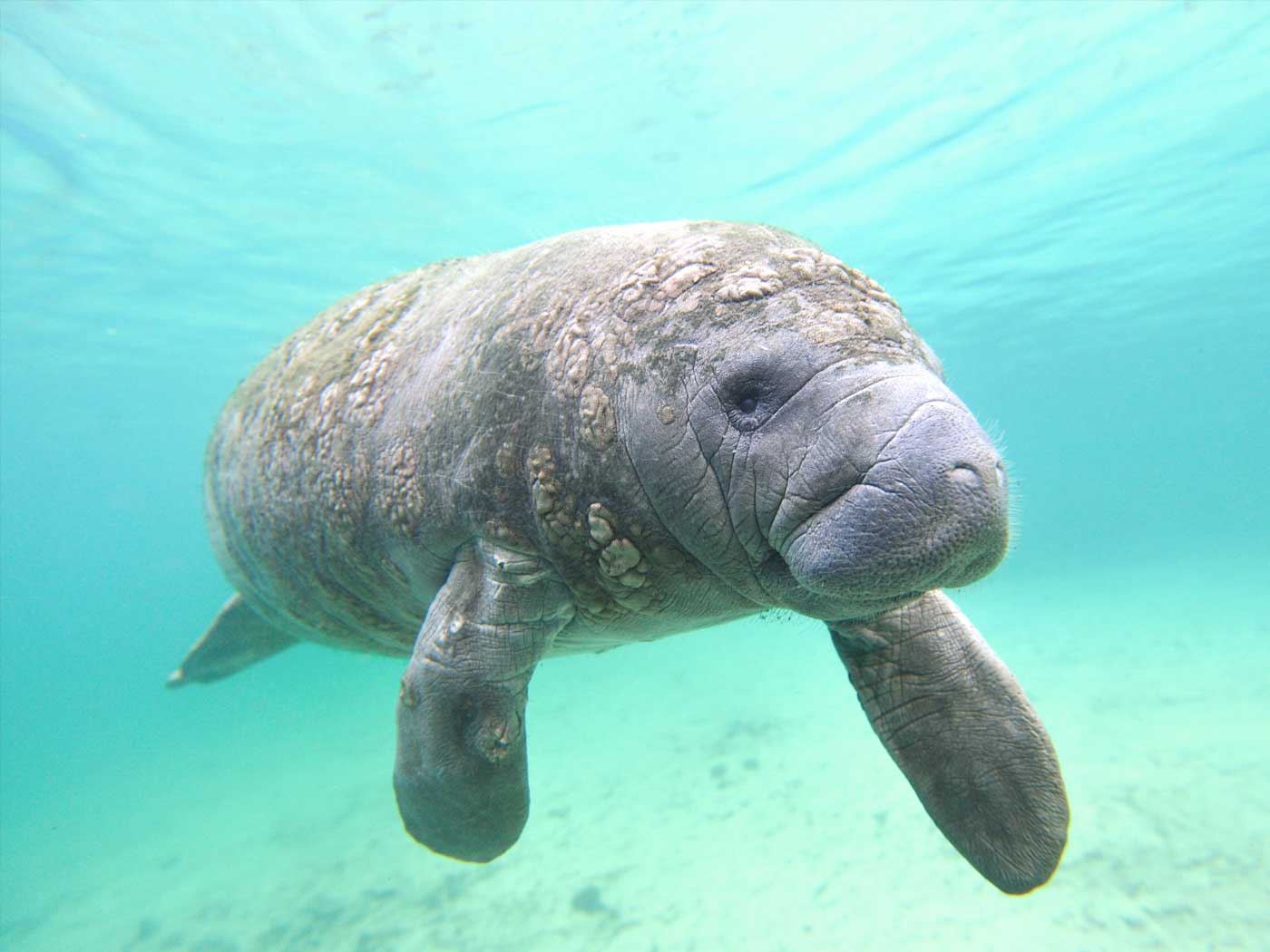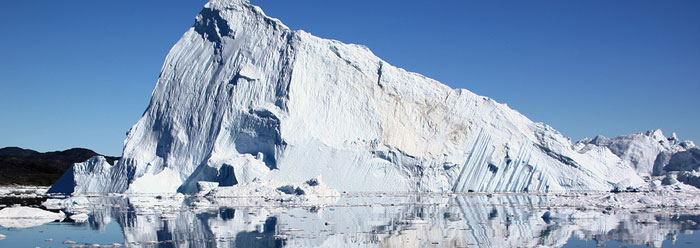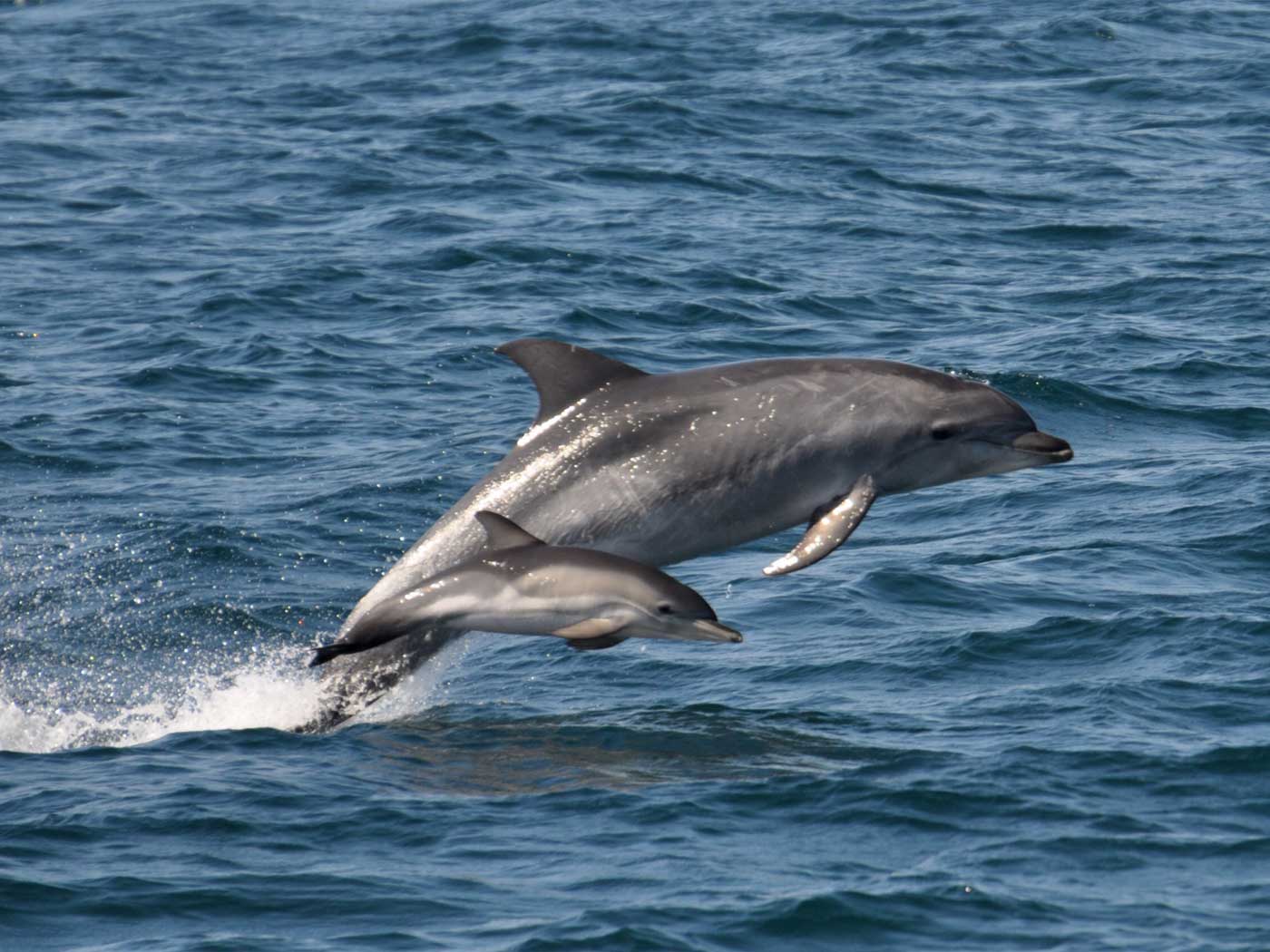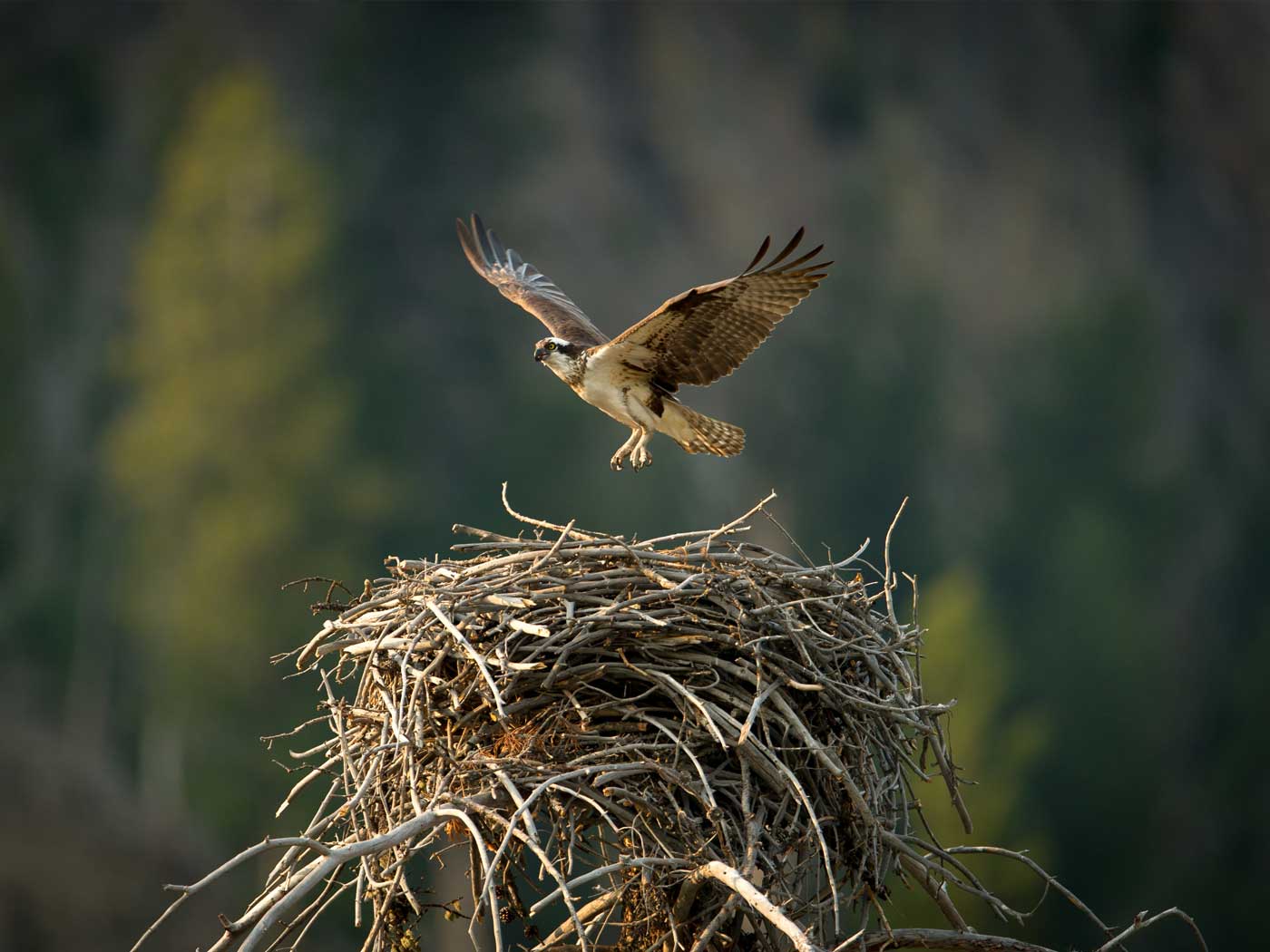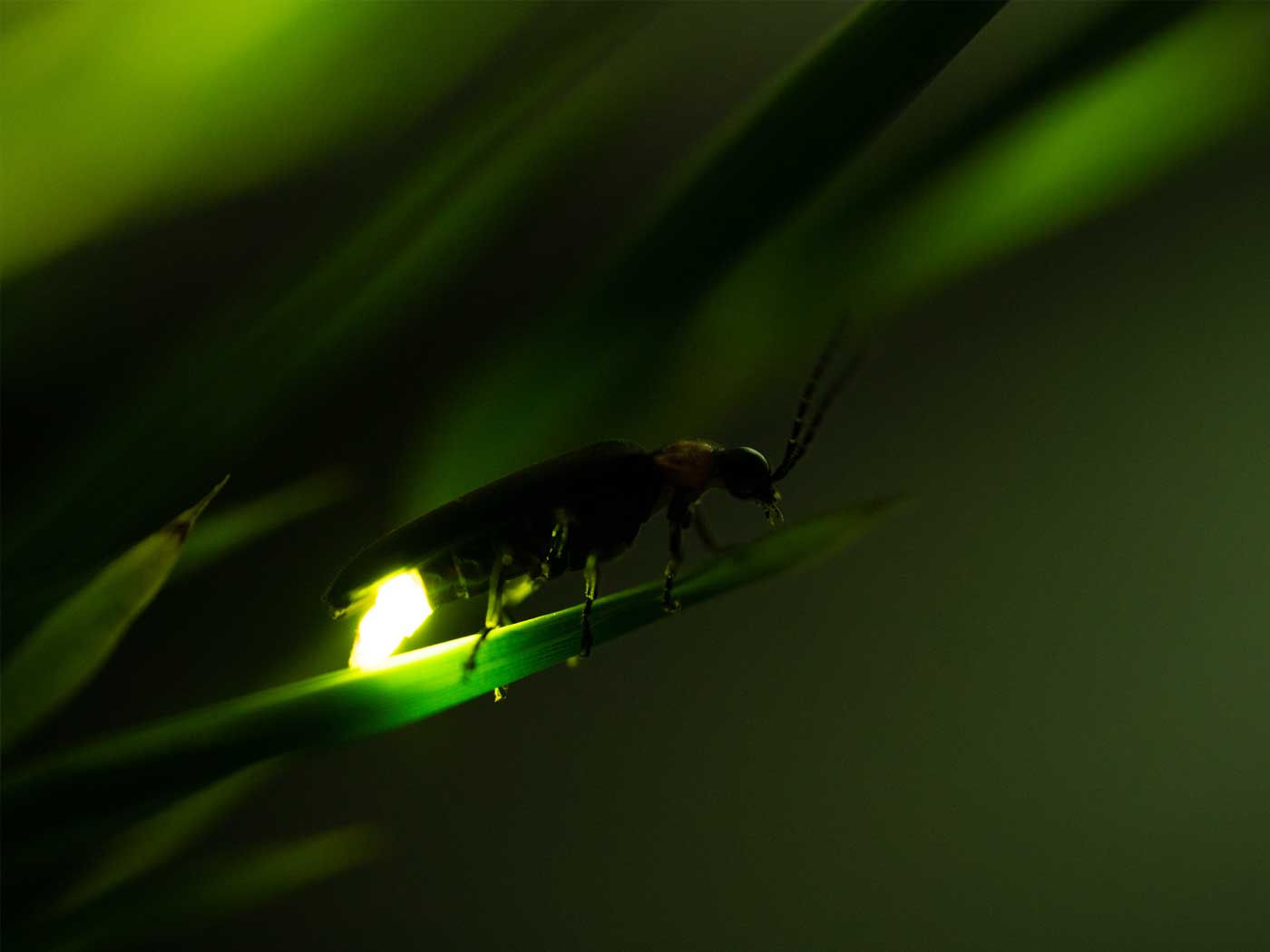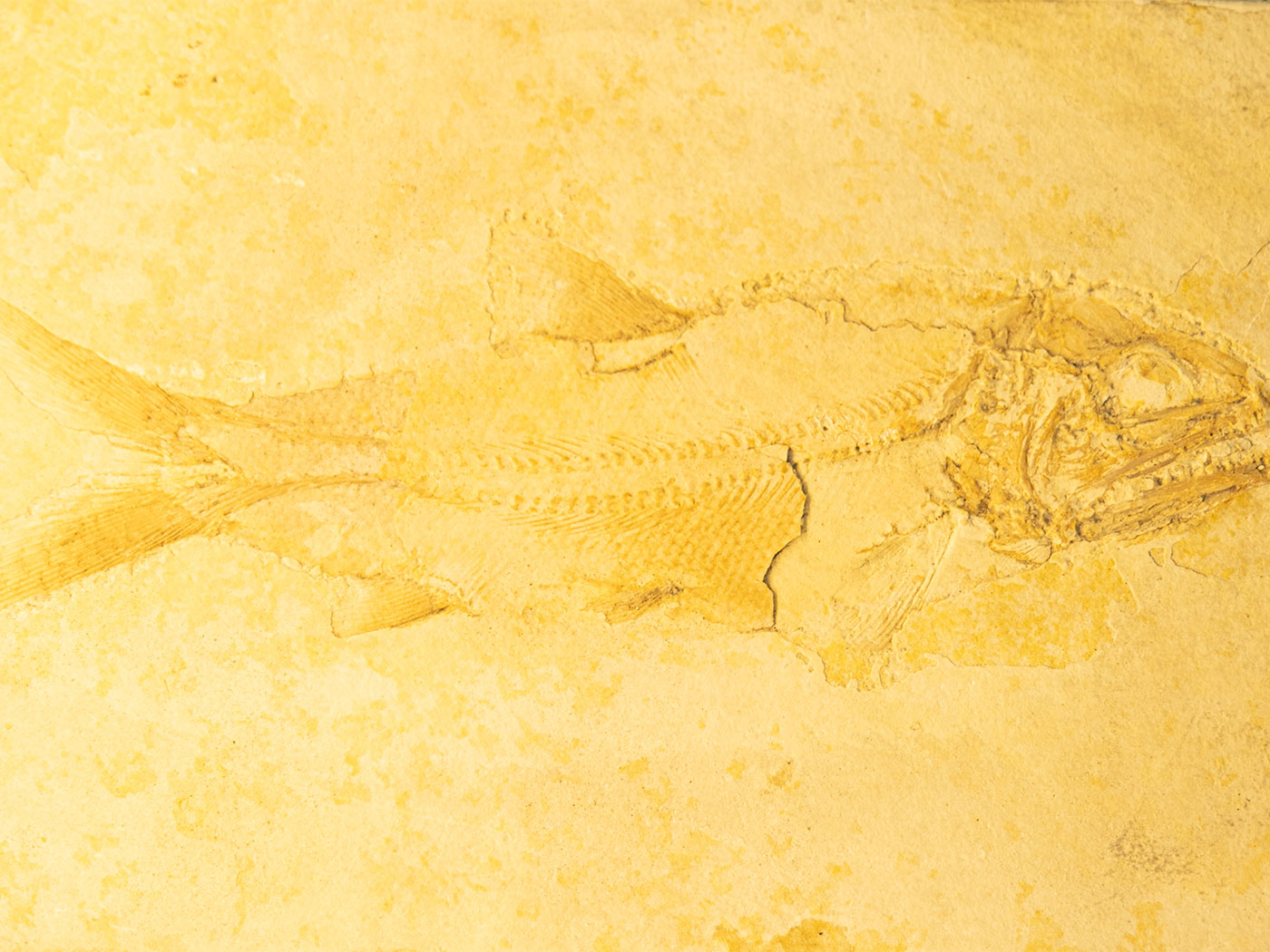Narwhal acoustic phonation [sounds] is embedded in the icy cacophony of one of the noisiest soundscapes in the ocean.2
“There is so much cracking due to ice fracturing and bubbles melting out… it’s like a fizzy drink underwater,” [Dr. Evgeny] Podolskiy said. “It seems we are dealing with animals living in one of the most noisy environments without having much trouble with that.”2
“There is so much cracking due to ice fracturing and bubbles melting out… it’s like a fizzy drink underwater,” [Dr. Evgeny] Podolskiy said. “It seems we are dealing with animals living in one of the most noisy environments without having much trouble with that.”2
Narwhals are the only kind of whale that grow unicorn-like tusks. Typically, males grow these spiraled spear-like tusks. Some tusks grow to nine feet long! Only about 15% of the adult females grow a tusk as well.3
Narwhals (also spelled “narwhales”) habitually summer underwater in the frigid glacial fjords of Northwest Greenland’s coastal ocean-waters, and other waters blend into the Arctic Ocean.3 But because these marine mammals shy away from motor-driven boats, they have not been well studied by modern Arctic Ocean ecologists.1,2
Narwhals are difficult to study because they are notoriously shy and skittish and spend most of their time deep in the freezing Arctic Ocean. They tend to summer in glacial fjords around Greenland and Canada, but scientists often have trouble getting close enough to study them. Glacier fronts can be dangerous and hard to access, and the animals tend to swim off when approached by motorized boats.1
However, this narwhal shyness has been circumvented by two geophysicists, Dr. Evgeny Podolskiy and Dr. Shin Sugiyama, whose research focus in cold climates. Their most recent research on narwhal noises is unprecedented. It provides a starting point for documenting different noises narwhals make as social communications. The research also investigates how narwhals use sound to echolocate underwater to find prey, such as fish, squid, and shrimp, and physical structures such as icebergs.3
Dr. Podolskiy and Dr. Sugiyama recruited Greenland Inuits (Eskimos) to fix underwater microphones to non-motorized boats (such as kayaks), so that the narwhals would not be scared away as the devices recorded their sounds.
With the help of Inuit hunters, geophysicists recently recorded the various calls, buzzes, clicks, and whistles of narwhals as they summered in a Greenland fjord. The recordings help scientists better understand the soundscape of Arctic glacial fjords and provide valuable insight into the behavior of these shy and mysterious creatures, according to the researchers.1
Here, we provide acoustic measurements in a narwhal summering [habitat] in glacial fjords in Northwest Greenland that were mainly collected during Inuit hunting expeditions. This unique observational strategy near a key narwhal hot spot allowed the acquisition of supervised near-source recordings of narwhal vocalizations, which confirms the animal’s presence within several hundred meters of an actively calving Bowdoin Glacier. … [The recordings] report elevated background noise levels near the calving front, and discuss the general soundscape features of a glacier fjord.2
Here, we provide acoustic measurements in a narwhal summering [habitat] in glacial fjords in Northwest Greenland that were mainly collected during Inuit hunting expeditions. This unique observational strategy near a key narwhal hot spot allowed the acquisition of supervised near-source recordings of narwhal vocalizations, which confirms the animal’s presence within several hundred meters of an actively calving Bowdoin Glacier. … [The recordings] report elevated background noise levels near the calving front, and discuss the general soundscape features of a glacier fjord.2
Of course, to acquire a genuine understanding of wildlife ultimately requires observing animals in their natural habitat, not using laboratory experiments to simulate how they may or may not behave in the wild.
Using underwater microphones attached to small boats, the researchers captured narwhal social calls and foraging sounds, getting as close as 25 meters (82 feet) to the elusive cetaceans. The recordings help the researchers provide a baseline of the kinds of sounds that permeate the narwhals’ pristine habitat. In combination with sightings, they also show narwhals get closer to glacier ice than previously thought for this area and the animals do forage for food in summer, contrary to some previous findings.1
Narwhal echolocation—like echolocation by bats—not only indicates where physical barriers are (so that collisions can be avoided). It is used to locate moving prey.
They captured several types of sounds made by narwhals, including social calls, or whistles, and clicks used for echolocation, the biological sonar used by dolphins, bats, some whales and other animals to navigate and find food. The closer narwhals get to their food, the faster they click, until the noise becomes a buzz not unlike that of a chainsaw. This terminal buzz helps the narwhals pinpoint the location of their prey. “If you approach and target these fast fish, you better know precisely where they are; you need to gather this information more frequently,” Podolskiy said.2
The precisely quantified acoustic research results are a pioneering foundation for learning about narwhal noises. This kind of audio-recording research had not yet been done before.
The baseline information presented here should encourage long-term follow-up acoustic monitoring in the area and provides an important reference for comparisons with future conditions and other regions. We also anticipate that our work will be a starting point both for the development of criteria to distinguish pulsed calls [corresponding with other narwhals] from terminal buzzes [when attacking prey]….2
But, regardless of the complexity of narwhal vocalizations, their physiological features demonstrate how magnificently and robustly they are bioengineered, so they can casually live in icy, arctic, ocean-water as their natural habitat. Their cetacean anatomy—including their unique tusk—equips them for the behavioral traits that make them succeed in filling their part of this environmentally diverse world.4
But, notwithstanding a modern myth promoted by YEEs (young-earth evolutionists), narwhals are not descended from terrestrial quadrupeds that departed from Noah’s Ark 4,500 years ago. Narwhals are a type of whale, and God created whales on Day 5.4-6
A popular contemporary "just so" story tells how land mammals ventured back into the ancient seas and became whales. The idea was first presented by Darwin in the first edition of his book, Origin of Species. …
Interestingly, Darwin retracted this example in all later editions of his book. This has not stopped later evolutionists.5
Interestingly, Darwin retracted this example in all later editions of his book. This has not stopped later evolutionists.5
Bottom line: Scripture and the fossil record agree—whales have always been whales.4,5
References
1. Staff writer. 2020. Researchers Capture Rarely Heard Narwhal Vocalizations (Video). Advancing Earth & Space Science (American Geophysical Union). Posted on agu.org May 26, 2020, accessed June 15, 2020.
2. Podolskiy, E. A., and S. Sugiyama. 2020. Soundscape of a Narwhal Summering Ground in a Glacier Fjord (Inglefield Bredning, Greenland). Journal of Geophysical Research / Oceans. 125:e2020JC016116, posted on agupubs.onlinelibrary.wiley.com April 26, 2020, accessed June 15, 2020.
3. Fichter, G. S. 1990. Whales and Other Marine Mammals. New York, NY: Golden Books Publishing, 1-15, 54, 68-69.
4. As marine mammals, narwhals were created on Day 5 of Creation Week. See Genesis 1:20-23, especially 1:21. See also Job 7:12, Ezekiel 32:2, Matthew 12:40, and Lamentations 4:3a.
5. Evolutionist myths about cetacean origins repeatedly fail the plausible evidence test. See Sherwin, F. 1998. Scientific Roadblocks Whale Evolution. Acts & Facts. 27(10). See also Shires, D. 2019. The Blue Whale (Balaenoptera musculus)—Did it evolve? Journal of the Creation Science Movement. 20(6): 4-5. “The gradual evolution of a whale [from land mammal into YEE-imagined ‘walking whale’ into oceanic cetacean] is an impossibility, in the same way that a Land Rover could not gradually turn into a submarine. The whale is designed for aquatic life.”
6. See Tomkins, J. and T. Clarey. 2019. Whale Fossils Confirm Post-Flood Boundary. Acts & Facts. 48 (12): 9.
*Dr. Johnson is Associate Professor of Apologetics and Chief Academic Officer at the Institute for Creation Research.




